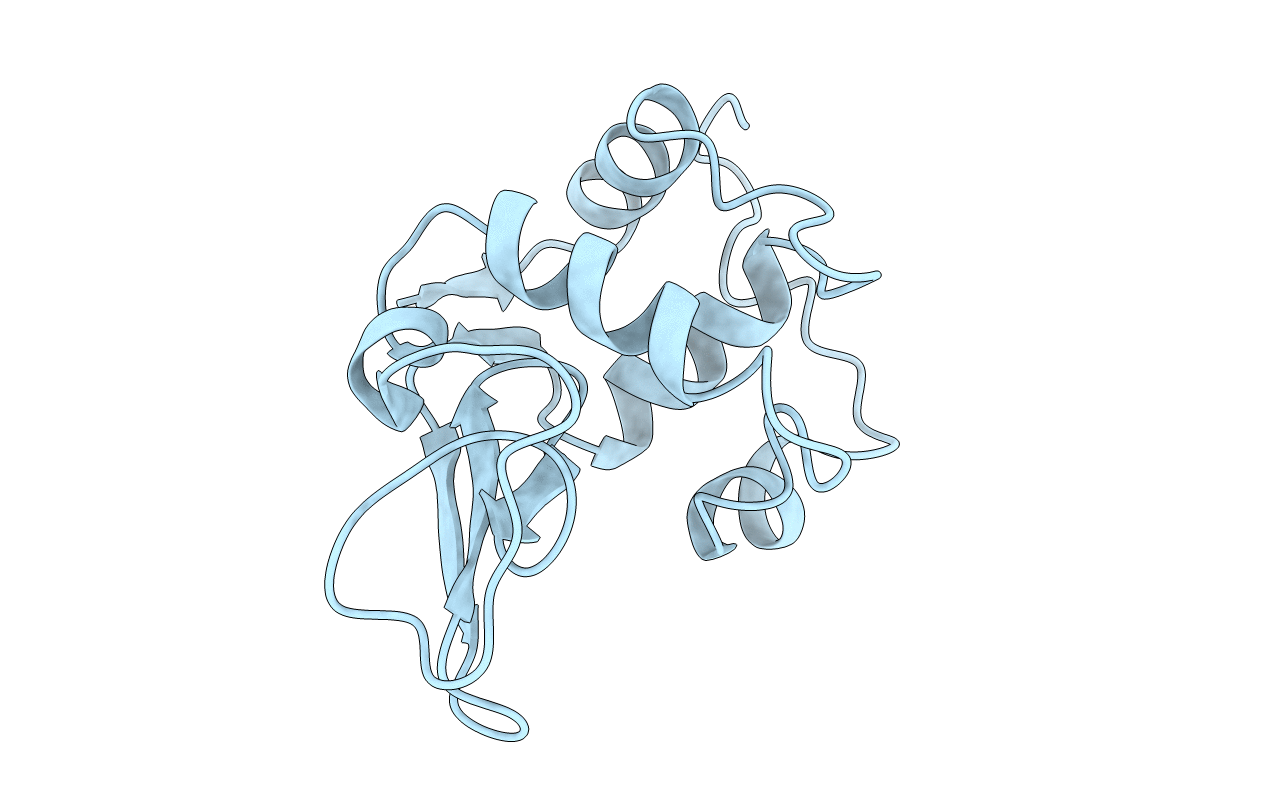
Deposition Date
1991-10-02
Release Date
1992-04-15
Last Version Date
2024-11-13
Entry Detail
PDB ID:
2LHM
Keywords:
Title:
CRYSTAL STRUCTURES OF THE APO-AND HOLOMUTANT HUMAN LYSOZYMES WITH AN INTRODUCED CA2+ BINDING SITE
Biological Source:
Source Organism:
Homo sapiens (Taxon ID: 9606)
Method Details:
Experimental Method:
Resolution:
1.80 Å
R-Value Observed:
0.16
Space Group:
P 21 21 21


